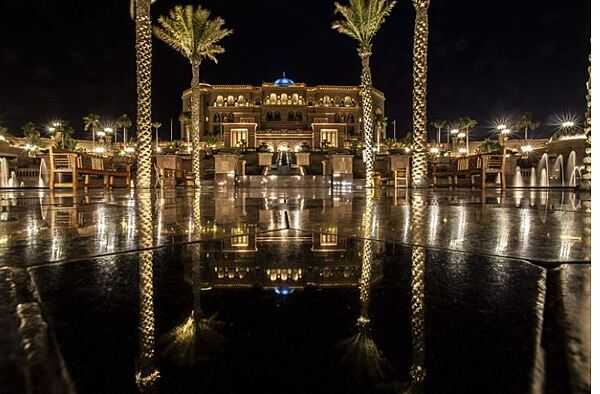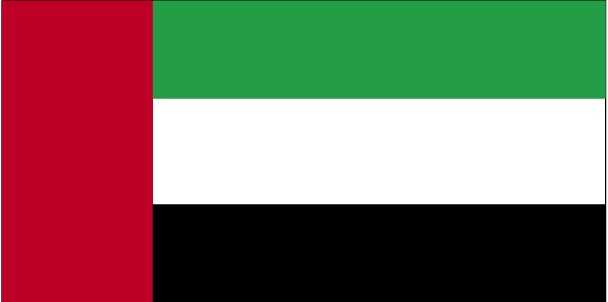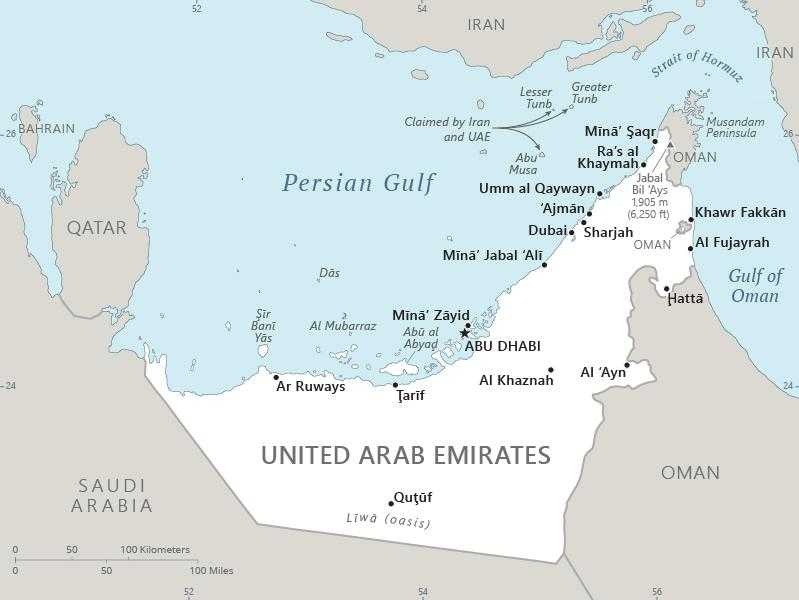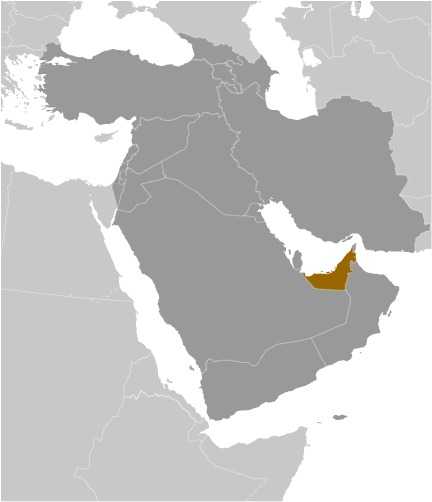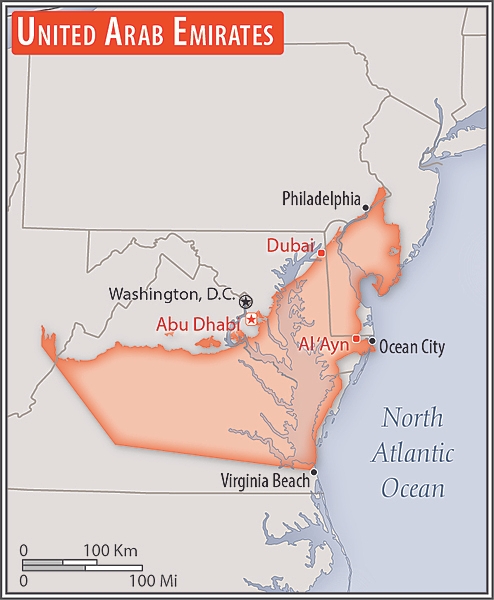Introduction
Visit the Definitions and Notes page to view a description of each topic.
Geography
People and Society
Population
comparison rankings: total 94; male 76; female 111
Languages
Median age
comparison ranking: total 95
Population growth rate
comparison ranking: 140
Birth rate
comparison ranking: 174
Death rate
comparison ranking: 228
Net migration rate
comparison ranking: 181
Maternal mortality ratio
comparison ranking: 189
Infant mortality rate
comparison ranking: total 175
Life expectancy at birth
comparison ranking: total population 60
Total fertility rate
comparison ranking: 182
Obesity - adult prevalence rate
comparison ranking: 20
Alcohol consumption per capita
comparison ranking: total 130
Tobacco use
comparison ranking: total 124
Education expenditure
comparison ranking: Education expenditure (% GDP) 116
Environment
Carbon dioxide emissions
comparison ranking: total emissions 23
Government
Economy
Real GDP (purchasing power parity)
comparison ranking: 37
Real GDP growth rate
comparison ranking: 81
Real GDP per capita
comparison ranking: 21
Inflation rate (consumer prices)
comparison ranking: 44
GDP - composition, by sector of origin
comparison rankings: agriculture 181; industry 10; services 138
Industrial production growth rate
comparison ranking: 119
Labor force
comparison ranking: 68
Unemployment rate
comparison ranking: 17
Youth unemployment rate (ages 15-24)
comparison ranking: total 153
Gini Index coefficient - distribution of family income
comparison ranking: 141
Public debt
comparison ranking: 181
Taxes and other revenues
comparison ranking: 152
Reserves of foreign exchange and gold
comparison ranking: 15
Energy
Electricity
comparison rankings: installed generating capacity 30; consumption 27; exports 74; imports 91; transmission/distribution losses 176
Energy consumption per capita
comparison ranking: 4
Communications
Telephones - fixed lines
comparison ranking: total subscriptions 47
Telephones - mobile cellular
comparison ranking: total subscriptions 62
Broadband - fixed subscriptions
comparison ranking: total 43
Transportation
Merchant marine
comparison ranking: total 35
